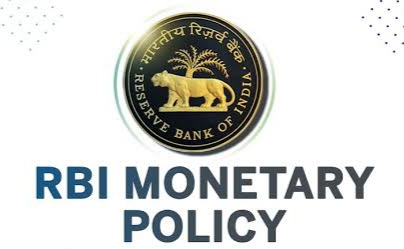What are the Monetary policy of RBI ?
Monetary policy of RBI:-
The Reserve Bank of India (RBI) is India's central bank and is responsible for formulating and implementing the countries monetary policy The primary objective of the RBI's monetary policy is to maintain price stability while taking into account growth targets. Some of the key components and tools of RBI's monetary policy are listed below.
Repo Rate:-
The repo rate is the rate at which the RBI lends money to commercial banks in the short term. It is the policy interest rate that affects the borrowing cost of banks. By adjusting the repo rate, the RBI influences the liquidity state of the banking system and influences interest rates in the economy. Reverse repository set:
Reverse repo rate is the rate at which a bank can deposit surplus funds in his RBI. It acts as a tool to absorb liquidity from the system. By raising the reverse repo rate, the RBI encourages depositing more money in banks and reduces the funds available for bank lending.
Cash Reserve Ratio (CRR):
CRR is the portion of total deposits that a bank must hold along with his RBI in the form of reserves. By adjusting the CRR, the RBI can control liquidity in the banking system. As the CRR rises, banks have less funds available for lending and vice versa.Statutory liquidity ratio:-
SLR is the percentage of deposits that a bank must hold in the form of liquid assets such as government securities. By changing the SLR, the RBI affects a bank's liquidity position and lending capacity.
Open Market Operations (OMO):
OMO refers to the purchase and sale of government bonds on the open market by the RBI. When the RBI buys government bonds it adds liquidity to the system, while when it sells securities it absorbs liquidity. OMOs are used to manage liquidity conditions and stabilize interest rates.
Monetary Policy Committee (MPC):
The MPC is a committee established by the RBI to determine monetary policy. The committee consists of six members, including the RBI Governor. The Committee meets regularly to review economic conditions and determine appropriate monetary policy measures, including adjustments to key interest rates.
The RBI's monetary policy framework aims to achieve the dual objectives of maintaining price stability and supporting economic growth. Formulate and adjust policy tools as needed, taking into account a range of domestic and global factors such as inflation, growth indicators, fiscal policy and external factors.
The RBI's monetary policy framework aims to achieve the dual objectives of maintaining price stability and supporting economic growth. Formulate and adjust policy tools as needed, taking into account a range of domestic and global factors such as inflation, growth indicators, fiscal policy and external factors.



Post a Comment